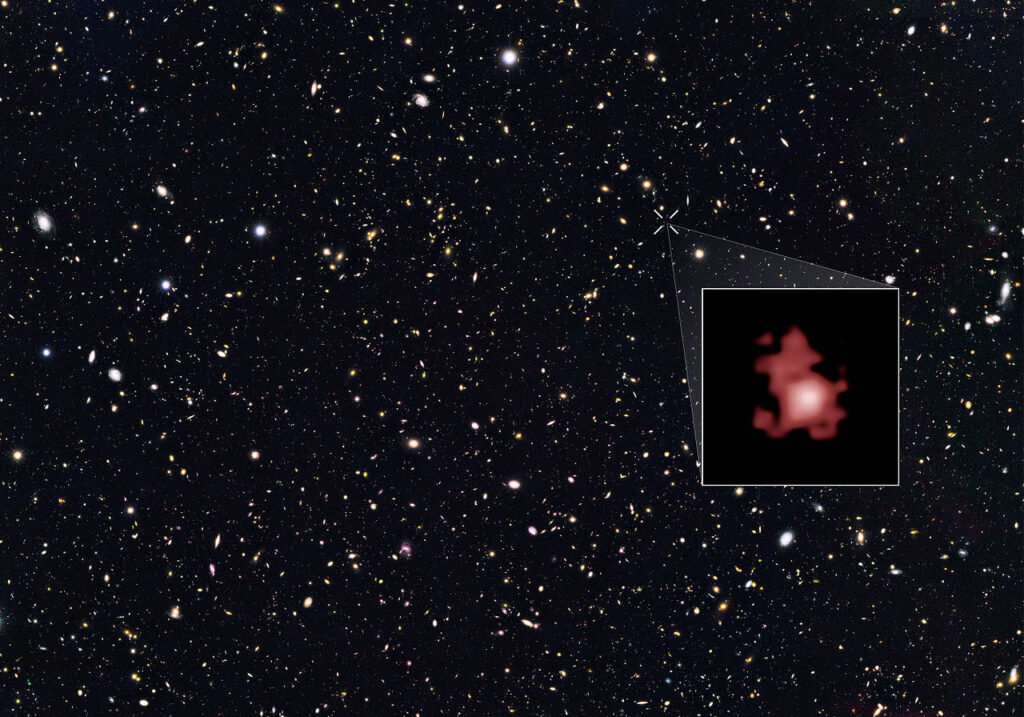Ever wondered what’s the farthest galaxy that we’ve ever seen. The galaxy GN-z11 might be the farthest and oldest galaxy we have ever observed.
Led by Obunari Kashikawa, a professor in the department of astronomy at the University of Tokyo, were on their mission to find out the universe’s farthest observable galaxy in order to learn about its time and method of formation.
Previous studies show that the galaxy GN-z11 seems to be the farthest observable galaxy at 13.4 billion light-years, which is about 134 followed by 30 zeros. Kashikawa said that verifying such a distance is not a simple task.
In order to determine the distance of the galaxy, the team studied the galaxy’s redshift (how much its light has stretched out, or shifted toward the red end of the spectrum). The more the red-shifted light is, farther the cosmic object is away from the Earth.
The team also examined GN-z11’s emission lines – observable, chemical signatures in the light coming from cosmic objects.
These studies gave an insight on how far light from the galaxy must have travelled to get to Earth, thus giving an estimate of how far the galaxy is from Earth.
Kashikawa added that they looked specifically on the UV light, as that is the area of Electromagnetic Spectrum, which would reveal the red-shifted chemical signatures. Even though the Hubble Space Telescope detected the signature multiple times in the spectrum of GN-z11, it could not resolve UV emission lines to the degree the research required.
Using an instrument to measure emission lines, called MOSFIRE, which is mounted to the Keck I telescope in Hawaii, the team was able to observe and study the emission lines coming from the galaxy.
If other observations confirm the new findings, then GN-z11 would officially reign as the most distant galaxy ever seen.
Journal Reference:
Linhua Jiang, Nobunari Kashikawa, Shu Wang, Gregory Walth, Luis C. Ho, Zheng Cai, Eiichi Egami, Xiaohui Fan, Kei Ito, Yongming Liang, Daniel Schaerer & Daniel P. Stark Evidence for GN-z11 as a luminous galaxy at redshift 10.957 Nature Astronomy (2020) DOI: 10.1038/s41550-020-01275-y
Press Release: University of Tokyo

